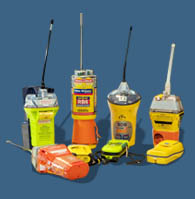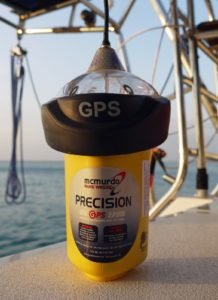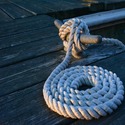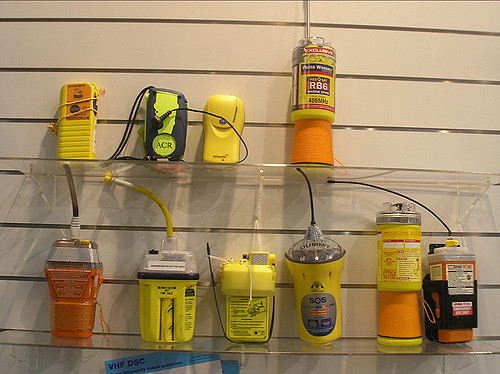Which EPIRB Should I Buy
EPIRB’s come in many shapes and forms ranging from small units for coastal day sailors to larger equipment for ocean racers. This article will help to cut through some of the technical terminology and will assist you with the decision on what device to purchase.
What is an EPIRB?

An Emergency Position Indicating Radio Beacon, commonly known as an EPIRB, is used to send an alert to emergency services. This is done either by manually activating it, or it will do this automatically when it comes into contact with water for a given period of time. After activation, a distress message, which includes a UIN (Unique Identification Number) also known at the HEX ID as the number is encoded in hexadecimal, is sent via satellite on the 406 MHZ distress frequency. The receiving satellite calculates the position of the transmitter using the Doppler Shift and then passes the details on to the appropriate mission co-ordination center.
EPIRB Category 1 vs 2
The category refers to the activation mechanism for the EPIRB. Category 2 is manually activated and category 1 has an automatic release and deployment mechanism. This usually allows the EPIRB to be mounted externally and to be deployed automatically once it is below 6 feet of water, allowing the unit to float to the surface and transmit its emergency message.

EPIRB with GPS
Choosing an EPIRB with a GPS means your reported position will be considerably more accurate. The difference can be a couple of miles radius vs 100 meters. The GPS unit will also report your position more quickly, within a few minutes vs up to an hour. In a catastrophic event requiring deployment of your emergency beacon, time and accuracy will likely be extremely important.
Which EPIRB should I buy?
In most countries an EPIRB is required on all commercial boats, however they are also commonly used on recreational and cruising yachts, especially those who plan to sail offshore. Which device you choose should reflect your planned cruising grounds and to some degree your approach to risk.
If you never plan to sail further than short, inshore day trips then a standard, manual Category 2 model would suffice. For the avid racer or sailors who anticipate pushing the boundaries of their boat or plan to sail in heavier weather conditions, a Category 1 unit fitted to the mast and set up to deploy automatically would be more appropriate.
Given the relatively small additional cost of the GPS models, this should always be chosen unless cost is a major factor.
EPIRB Registration

An EPIRB must be registered with the coast guard authorities in order for them to be able to track you when the beacon is activated.
You will be expected to provide an emergency contact who will be called in the event of an emergency. You will also need to provide your MMSI and details of the boat and potential crew compliment.
Each country has its own regulations and registration agency: for example, EPIRB registration in the UK takes place in the UK Beacon Registry and is handled by the Maritime and Coastguard Agency whereas in the US this is handled by the NOAA.
In most cases (as with the above agencies) registration can be done online with ease.
EPIRB Battery Life
EPIRB Battery life for most devices ranges from 2 years to 10 years and in most cases the battery needs to be replaced by a certified engineer and tested. The label of the EPIRB device will state the expiry date of the battery. Once the battery is expired it will most likely still activate the device, but the transmission time will be less than the guaranteed duration (normally 24 or 48 hours).


